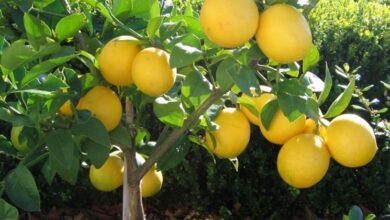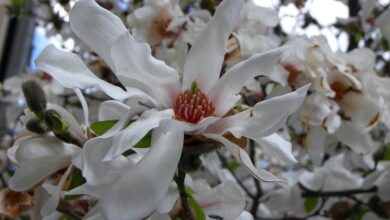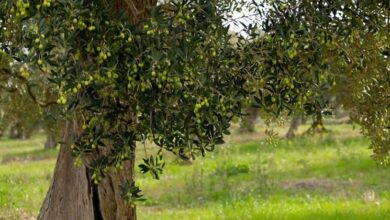Cuban jasmine (Allamanda cathartica)

Today we will talk about Allamanda cathartica and much of what you should know about it. From its most outstanding characteristics, to the use that can be given to this plant as well as the care it should have and more.
It is possible that at the moment you know absolutely nothing about this species. But if you finish reading the article, you will understand that you can benefit in a certain way from Allmanda Cathartica, or well known as Jazmín de Cuba.
Origin of Allamanda cathartica

Let’s start by talking a little general about this plant. Well, it is known to be a species that has climbing characteristics. As we said, it is also known by the name of Jazmín de Cuba, but it also has other names because it is a species that is distributed throughout various parts of South America.
It is one of the few species in the world that has been able to adapt to various environments and climates. That is why it is not uncommon to find several species that belong to the same family, but mainly it develops in tropical environments and warm areas.
Regardless of whether it is Allamanda cathartica or any other similar species, it will end up standing out from the rest of the foliage. This is due to the hues of its leaves. But in the case of Jazmín de Cuba, it stands out for its intense yellow color of its flowers.
On the other hand, we must highlight a very important point of this plant for those who intend to use them as ornamental plants or for gardens (yes, it is considered a decorative plant), because its cultivation is not easy.
Despite being so common in South America and hot and tropical areas, it needs a suitable temperature to grow. Thus, the temperature where the plant can develop should not be lower than 10 ° C and ideally it should be in an area where the temperature is between 20 ° and 25 ° C.
characteristics
Now, since you were able to know a little and in a general way about this plant, it is time for you to know those characteristics that make it unique, since it is an evergreen plant that is characterized by having a dark green on its leaves, however they are very bright.
Each leaf can grow 15 cm long and have a maximum width of 5 cm wide. In the same sense, the stems of silver are thin, this is one of the reasons that they are used as shrubs in gardens.
As for its flowers, they usually have a rich fragrance and have a very vibrant yellow color. The flowers of this particular species grow to around 12 cm. Regarding their shape, they have a design similar to that of a trumpet or are very similar to a bell.
Since it is a difficult plant to grow, the mere fact of flowering can vary. But assuming they are grown or planted in a very warm environment, it is possible to have flowers all year long, or at least most of it. But generally, they usually bloom from spring to early fall
Applications
Throughout indigenous history, there has been a record and knowledge that this species was and is used for intestinal treatments, mainly to deal with parasitic diseases. This is thanks to certain properties that the plant possesses that can eliminate and/ or control parasitosis in humans.
On the other hand, another of the uses that can be given to this beautiful plant is to treat and promote regenerative processes in the body and accelerate the healing time. As a bonus, if you have problems with high blood pressure, ingesting this plant (prepared) will help you with this problem.
Care

The main thing to know about the care you need is that it is not complicated at all. They technically need the basics of any other garden plant. But if you want your plantation of this species to prosper, then you must:
- Place where sunlight affects a lot.
- They do not require fertilizers, but in this case, it is recommended to use worm castings.
- Compost also favors them in the same way as humus.
- It requires constant watering in highly hot times.
- You can prune it if you notice that it has grown or has spread more than you want.
- Avoid sowing it in places with temperatures below 10 ° C.




